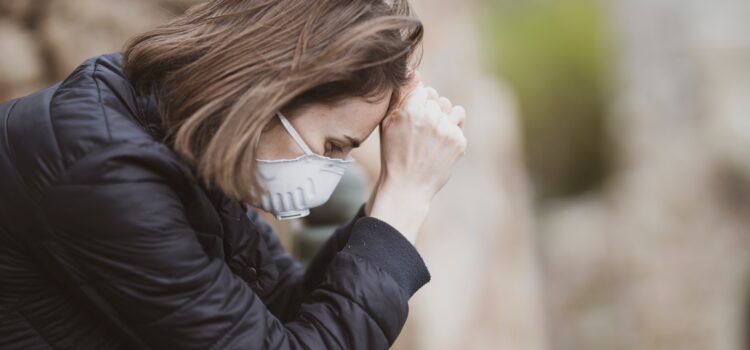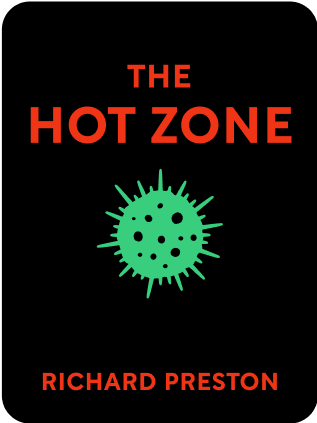

This article is an excerpt from the Shortform summary of "The Hot Zone" by Richard Preston. Shortform has the world's best summaries of books you should be reading.
Like this article? Sign up for a free trial here .
How is Ebola transmitted? Are there cases that show how Ebola spreads?
Scientists are still try to answer the question “how is Ebola transmitted?” Different strains have different methods of transmission, and it’s possible that the virus can adapt to transmit differently.
Read more about how Ebola is transmitted, and one case where Ebola was transmitted rapidly.
How is Ebola Transmitted? The CDC Names Ebola, Gives Guidelines
The American Centers for Disease Control (CDC) was eager to get a sample of the nun’s blood as well. Karl Johnson, the head of the CDC’s Special Pathogens Branch—which investigated new and unknown viruses—called a friend at the English lab to ask for a small sample of the blood.
The English researcher agreed and sent a tiny amount of black, tarry blood in glass vials. Through electron-microscope photos, CDC researchers saw that the virus resembled Marburg, but it tested negative for Marburg and other known viruses. They were facing something entirely new. Johnson named the virus Ebola, because the outbreak happened around Zaire’s Ebola River.
Johnson and several other CDC doctors flew to Geneva to tell the World Health Organization what they had found. Then the doctors continued on to Zaire and Sudan to try to stop the outbreaks.
When the doctors arrived in Africa, they discovered that villages had taken their own measures to limit the virus’s spread, including:
- Reverse quarantine, which entailed blocking the road leading to the village to prevent anyone from bringing the virus into the village
- Quarantining victims in isolated huts on the outskirts of the village, and, in some cases, burning the huts after the victims died
Presumably, these measures played a major role in preventing the virus from spreading further and sparking a major epidemic. They can also help answer the question “how is Ebola transmitted?”
Mayinga Case Provides a Transmission Example
A nurse from Ngaliema Hospital who helped care for Sister M. E. became sick.
Despite her symptoms, the nurse, named Mayinga, spent two days walking through Kinshasa. During those two days, she waited in line at the Zairean foreign ministry, took taxis, visited two hospitals, and sat in crowded waiting rooms. This movement can help answer the question “how is Ebola transmitted?”
Most likely, Mayinga knew she’d contracted the virus but was in denial. She visited the foreign ministry in hopes of getting a travel permit before she became visibly sick. Mayinga’s denial also explains why she didn’t initially seek treatment at her hospital, where the staff knew her and would have recognized her symptoms.
Finally, after receiving no helpful treatment or advice from the two hospitals, she returned to Ngaliema Hospital for treatment.
News spread among local residents and officials that a nurse who was infected with the same virus that had devastated parts of the Bumba Zone had spent two days traveling around a city of two million people.
Officials at the World Health Organization went into high alert. The Zairean President ordered soldiers to enforce quarantine at Ngaliema Hospital and to isolate Bumba Zone, where the virus originated. This case can provide info on how Ebola is transmitted.
Mayinga died at Ngaliema Hospital. Some of Mayinga’s blood still sits in vials in scientific laboratories as a sample of Ebola Zaire.
Officials tracked down Mayinga’s whereabouts during those two days in Kinshasa and identified 37 people who had close contact with her. None of the 37 people contracted the virus—not even the person with whom she’d shared a bottle of soda. This suggested the virus was neither airborne nor easily transmissible, and may offer insight int the question “how is Ebola transmitted?”

———End of Preview———
Like what you just read? Read the rest of the world's best summary of Richard Preston's "The Hot Zone" at Shortform .
Here's what you'll find in our full The Hot Zone summary :
- The many different strains of Ebola, including the deadliest kind with a kill rate of 90%
- How scientists unraveled the mystery of a new strain of Ebola
- How Ebola could become airborne, becoming one of the deadliest viruses known






